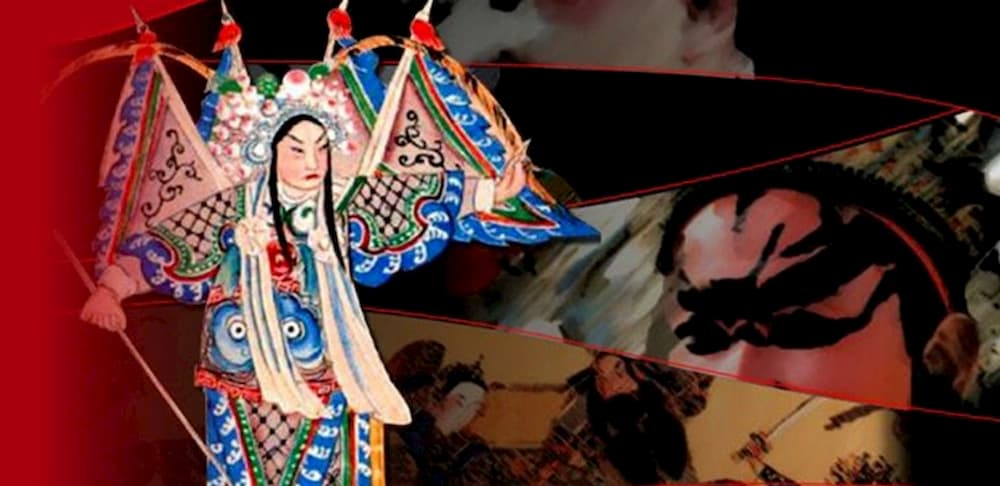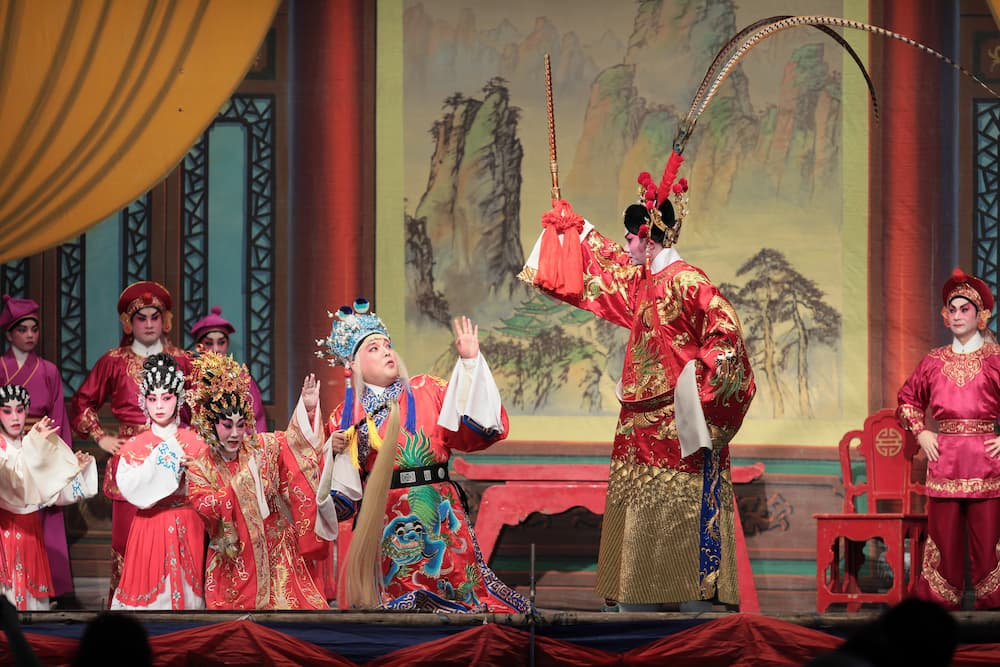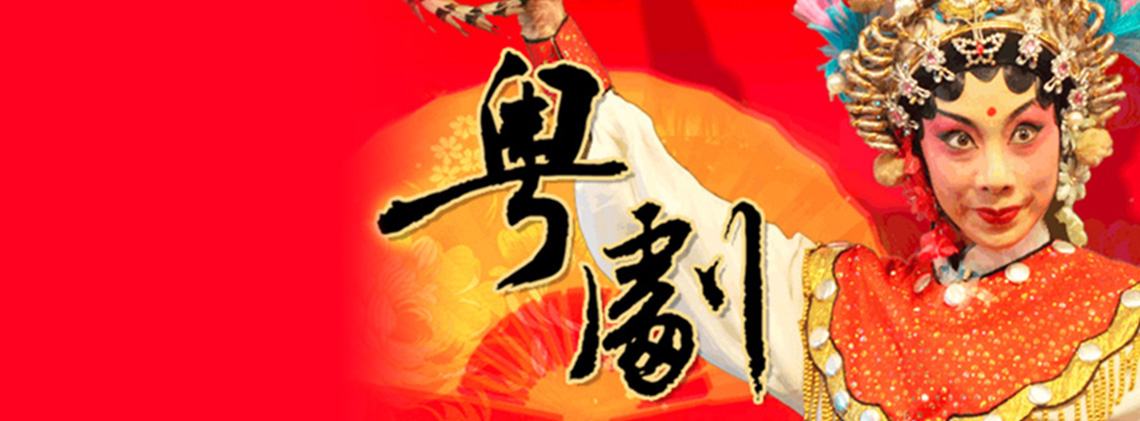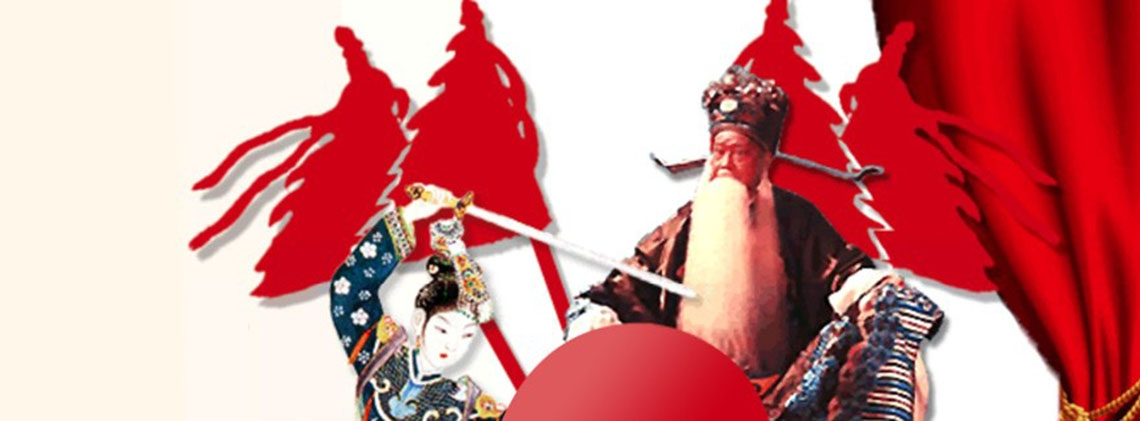
The Art of Chinese Drama
Splendid
Chi Culture
Topic
The Art of Chinese Drama
Classical drama plays a dual role: it is both a performing art as well as a literary one. The later aspects can be seen in the script: plots, major incidents, musical modes, tune titles, arias and prosodics. The former includes complex art forms such as singing, elocution, acting, fighting, scenery, and musical accompaniment among other arts.
Actors receive training in four fundamental skills: singing, elocution, acting, and fighting. Dramatic singing is not only a skill but an integral part of the play itself; the singing advances the plot and shows the development of the characters’ thoughts and feelings. Physical dexterity is also needed as there are special maneuvers which have evolved from folk acrobatics and martial arts. One such maneuver, or trick, is the “face change.” This maneuver is seen in a variety of plays but is closely associated with Sichuan drama. There are different types of “face change” and some rely on make-up while others rely on masks, or other devices. “Blowing powder” refers to the technique used to change the color of a character’s face and involves, as its name suggests, the actor blowing colored powder over his own face. Another type of “face change” involves the actor rapidly changing from one mask to another. In part, this is facilitated by the actor wearing many silk masks atop his head; each can be quickly pulled down over his face to express a change in mood. Unrelated to “face change,” is “fire spitting.” This stunt has the actor appearing to spit out large balls of fire. It is used to add atmosphere and color to the play.
As drama developed, it passed through many stages. In the Song-Yuan period (ca. mid-tenth–mid fourteenth centuries), “southern drama” (nanxi) was quite popular but these gave way later in the Yuan dynasty (1271–1368) to “variety play” (zaju). Later, in the Ming dynasty (1368–1644), the popular taste was for southern drama (chuanqi). Inevitably, taste changed again and regional drama drew huge crowds in the Qing dynasty (1644–1911).
The great variety of themes and subjects touch on many aspects of life. Thematically there are different categories: love is represented through marriage; the historical is told through the stories of loyal subjects and martyrs; the exposure of societal ills produces plays with a legal theme whereas ethical stories tell stories about the promotion of filial sons and virtuous women; and, finally, the mythic may be represented through otherworldly visits. The same theme may be represented by different stories, each reflecting the thoughts, feelings, and living conditions of people in different historical periods.
Within the singing and dancing of ancient China, the seeds of drama were sown. This kind of singing and dancing was preserved and practiced in numerous villages into historic times. In the Han dynasty (206 BCE–220 CE), narrative songs and dances made their appearance and during the Sui-Tang periods (late sixth–early tenth centuries), two types of drama debuted; they were song-and-dance drama and adjutant plays. Both of these may be regarded as dramatic prototypes. In the Song (960–1279), the most representative drama form was “southern drama,” which developed from the local short song-and-dance plays around Yongjia, Zhejiang province. Originally called “Yongjia zaju” they were later called “southern plays” so as not to be confused with the northern zaju. Representative “southern plays” include: Jingchai ji (The thorn hairpin), Baitu ji (The white rabbit), and Baiyue ting (The moon prayer pavilion). In the Yuan dynasty, a new type of zaju made its debut on the historical stage. It was based on the zaju of the Song-Jin period (ca. mid-tenth–early twelfth centuries) and borrowed other art forms such as the music and the dancing of the Song-Jin period as well as a particular type of performance called “speaking and singing” which alternated the two as it unfolded a narrative. Yuan zaju consisted of popular northern tunes and for that reason it is also called “northern tune zaju.” Prominent authors and plays of this style were Guang Hanqing (1225–1302, or 1241–1320), the author of Dou E yuan (The injustice done to Dou E); Wang Shifu (1250–ca. 1337) the author of Xixiang ji (Story of the western wing), Ma Zhiyuan (ca. 1250–1321), author of Hangong qiu (Autumn in the Han p[alace), and Bai Pu (ca. 1226–1306) the author of Qiangtou mashang (Over the wall on a horse). All of these works became classics of Yuan drama. After the Ming, southern plays merged with local folk techniques in the south giving rise to a wide variety of new tunes and titles. These plays and performances turned into a new genre called chuanqi which appeared during the Ming-Qing era. Kunshan and Yiyang tunes were the most influential and reached the highest level of artistic achievements. Masterpieces of Ming-Qing chuanqi include Tang Xianzu’s Mudan ting (Peony pavilion), Hong Sheng’s (1645–1704) Changsheng dian (Palace of lasting life), Kong Shangren’s (1648–1718) Taohua shan (Peach blossom fan), Liang Chenyu’s (1521–1594) Huansha ji (Washing silk), Li Kaixian’s (1502–1568) Baojian ji (Precious sword), and Ming feng ji (Cry of the phoenix) attributed to Wang Shizhen (1634–1711). Various local dramas arose and flourished from the early Kangxi reign-period to the late Daoguang reign-period (mid seventeenth–ca. mid-nineteenth centuries). It was a time when all varieties of dramatic art were in full bloom.
According to traditional aesthetics, the core value of art is its expression of the inner feelings of people. Therefore, Chinese drama differs from Western realist plays. Its distinguishing characteristics are lyricism in language, action, and choreography. Lyricism is at the core of Chinese art and a source of the charm of Chinese culture.







